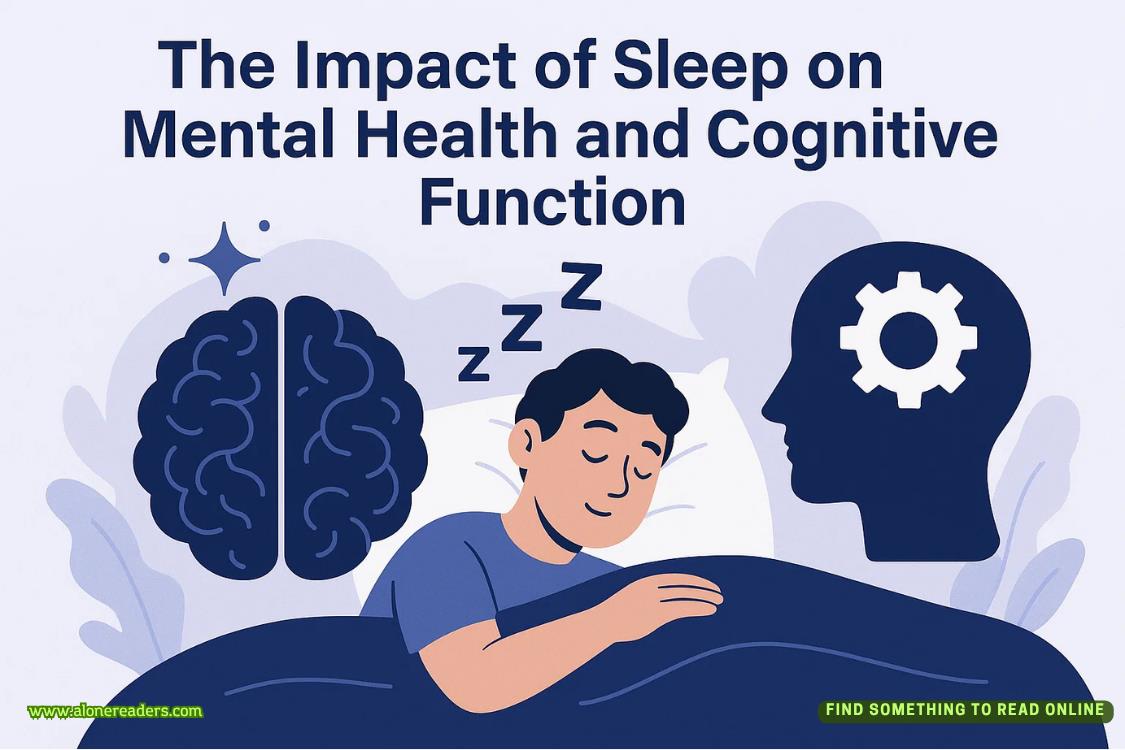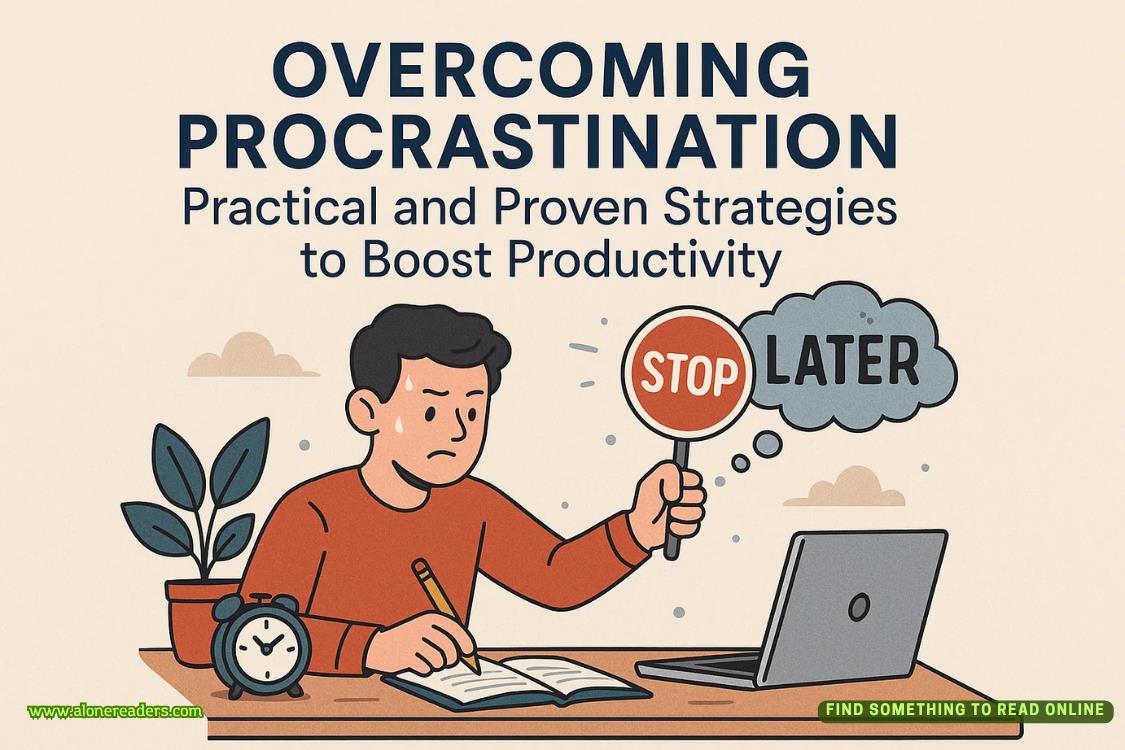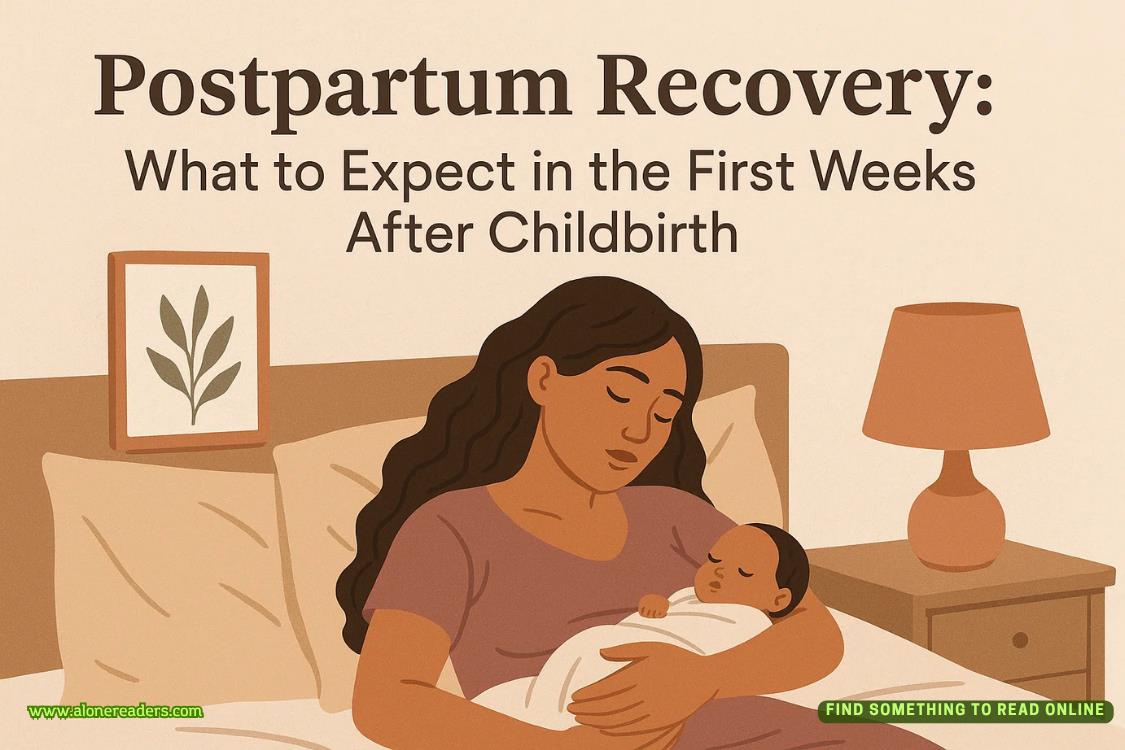Page 125 of T is for Trespass (Kinsey Millhone 20)
“No, but the woman in the office will make you a copy if you ask nice.”
I left Sunrise House and drove to Colgate, parking as I had before across from the apartment complex on Franklin Avenue. When I knocked at Apartment 1, Princess came to the door, holding a finger to her lips. “Norman’s napping,” she whispered. “Let me get the key and I can take you down.”
“Down” turned out to be a basement, a rare phenomenon in California, where so many buildings are constructed on slab. This one was dank, a sprawling warren of cinder block rooms, some subdivided into padlocked wire enclosures the tenants used for storage. Lighting consisted of a series of bare bulbs that hung from a low ceiling overrun with furnace ducts, plumbing, and electrical pipes. It was the kind of place that made you hope earthquake predictions were off the mark instead of imminent. If the building collapsed I’d never find my way out, assuming I was still alive.
Princess showed me into a narrow room entirely lined with shelves. I could almost identify by type the managers who had come and gone in the thirty years the building had been occupied. One was a neatnik, who’d filed all the paperwork in matching banker’s boxes. The next guy took a haphazard approach, using a strange mix of liquor cartons, Kotex boxes, and old wooden milk crates. Another had apparently purchased his boxes from a U-Haul company and each was neatly stenciled with the contents in the upper left-hand corner. In the past ten years, I counted six managers altogether. Norman and Princess surprised me by favoring opaque plastic bins. Each had a slot in front where one or the other had neatly printed and date-ordered a list of rental applications and assorted paperwork, including receipts, utilities, bank statements, repair bills, and copies of the owner’s tax returns.
Princess left me to my own devices, as eager as I was for sunlight and fresh air. I followed the line of boxes toward the far end of the room where the light wasn’t as good and cracks in the outside wall created an illusion of dripping water, though there was none in evidence. Naturally, as an ex-cop and highly trained investigator, I was worried about vermin: millipedes, jumping spiders, and the like. I followed the dates on the boxes, back as far as 1976, which was in excess of the parameters Norman had suggested. I started with the banker’s boxes, which seemed friendlier than the boxes that had the word KOTEX stamped all over them. The earliest date I spotted was 1953 and I assumed the building had been completed right about then.
One at a time, I hauled the first three 1976 boxes from the shelf and carried them to the better-lighted end of the room. I took the lid off the first and finger-walked through two inches of files, trying to get a feel for the order. The system was random, consisting of a series of manila folders, grouped according to the month, but with no attempt to alphabetize the names of the tenants. Each banker’s box contained three or four years’ worth of applications.
I shifted my attention to 1977. I sat on an overturned plastic milk crate, pulled a quarter of the folders out, and placed them on my lap. My back was already hurting, but I proceeded doggedly. The paper smelled like mildew and I could see where the occasional box had sucked up water like a wick. The years 1976 and 1977 were a bust, but in the third pile of folders for 1978, I found her. I recognized the neat block lettering before I saw the name. Tasinato, Cristina Costanza, and her son, Tomasso, who was twenty-five at the time. I got up and crossed the room until I was standing directly beneath a forty-watt bulb. Cristina worked cleaning houses, employed by a company called Mighty Maids, which had since gone out of business. On the assumption that she lied on a regular basis, I ignored most of the data except for one line. Under “Personal References,” she’d listed an attorney named Dennis Altinova, with an address and phone number I already knew. In the space marked “Relationship,” she’d block-printed the word “BROTHER.”
I set the application aside and repacked the boxes, which I returned to the shelf. I was tired and my hands were filthy, but I was feeling jazzed. I’d packed a lot into my day and I was close to nailing Cristina Tasinato.
It wasn’t until I’d left the basement and was coming up the stairs that I spotted the woman waiting at the top. I hesitated at the sight of her. She was in her early thirties, wearing a suit with a short skirt, hose, and low heels. She was attractive and well groomed, except for the heavy bruises marking both shins and the right side of her face. The dark red streaks around the orb of her eye would turn black and blue by nightfall. “Kinsey?”
“That’s right.”
“Princess told me you were down here. I hope I’m not interrupting your work.”











